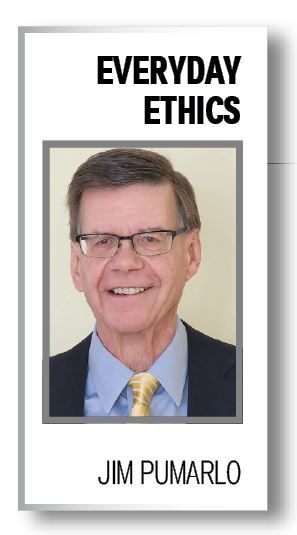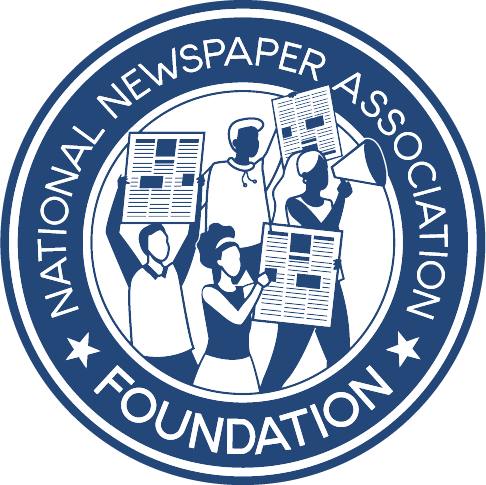Don’t leave meetings until last person exits
Jim Pumarlo
Nov 1, 2025


Any examination of local public affairs coverage typically focuses on meetings of government bodies. And for good reason. That's where votes are taken and policies enacted that affect citizens' everyday lives.
In the midst of a fractured media landscape, community newspapers can play a big role — can stake a claim — to delivering substantive coverage of local public affairs by adhering to some basic principles.
A brainstorming session on meeting coverage will likely generate a consensus of dos and don’ts.
DOS AND DON’TS
- All meetings do not require a report.
- Avoid chronological reports. The first item on an agenda rarely is the most important, if even worth a mention. Don’t feel obligated to recount each and every item.
- Announcing that a group met is not a lead.
- Get both sides of story. Seek fair and responsible coverage if charges are leveled and no one is present is respond.
- Put a meeting into context. Is a vote a final action or a recommendation? What are the next steps?
- Don’t write in a vacuum. Many government actions have a cumulative impact on readers, especially budget decisions and tax levies.
Above all, as one editor friend succinctly stated: Focus on what matters to those in the back of the room and not the front of the room. Don’t feel compelled to record each and every quote from elected officials and appointed staff.
Meeting reports should highlight decisions with the most immediate and greatest impact on residents. Votes and quotes are just one slice of what should garner attention. Reporters should be prepared to view, listen and analyze.
WATCH FOR THESE DYNAMICS
What agenda items draw the most attention from the audience?
Was the audience disruptive? Has the lack of civility and hyper–partisanship on a national level filtered into local government?
What topics are brought up during public comments? Do the same issues regularly resurface with no apparent resolution?
Are items on the consent agenda contested?
Are voting blocs evident, and did any agenda items disrupt those blocks? Does the same person take the lead on issues with others following lockstep? Are the same officials aligned on 5-2, 4-3 votes?
Are certain votes predetermined, noted by little discussion — especially on important or contentious items?
Observe body language.
Do elected officials take their cue from certain audience members?
Are some officials clearly unprepared, opening their packets for first time at a meeting?
Do some individuals consistently attend meetings? Are they government watchdogs, interested citizens, League of Women Voters representatives, someone ready to challenge for a seat in the next election?
Do certain elected officials regularly miss meetings or contribute little to discussion?
Is staff directing — almost dictating — public policy? Is everything rubber-stamped?
Reporters naturally are focused on debate and votes. Once the gavel sounds adjournment, most reporters likely make fairly quick exits. Deadlines take precedence.
Not so fast.
A meeting may have officially ended, but be aware that conversation often extends. Stick around and watch for any interaction among election officials, appointed staff and audience. Your observations might provide insight and be vital to a story. The dialogue might be a springboard for a follow-up report.
What's our responsibility as a representative of our readers in the public sphere? In simplest terms, inform and engage.
Solid public affairs reporting places newspapers center stage in ensuring vibrant community discussion on public policy. The most thorough coverage includes three steps: Preview agendas; report meetings; interpret actions with meaningful follow-up.
Educating the citizenry — and many public officials, too — will give your newspaper high marks for generating community participation into decisions that affect your readers’ lives.
Jim Pumarlo is former editor of the Red Wing (Minnesota) Republican Eagle. He writes, speaks and provides training on community newsroom success strategies. He is author of “Journalism Primer: A Guide to Community News Coverage,” “Votes and Quotes: A Guide to Outstanding Election Coverage” and “Bad News and Good Judgment: A Guide to Reporting on Sensitive Issues in Small-Town Newspapers.” He can be reached at www.pumarlo.com and welcomes comments and questions at jim@pumarlo.com.








